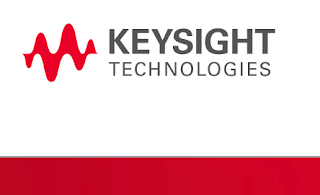Kaloom is collaborating with Red Hat to provide a unified solution for distributed edge computing.
The solution integrates Red Hat OpenShift and Red Hat Enterprise Linux with Kaloom’s Cloud Edge Fabric, which supports sophisticated services chaining to improve overall networking efficiency. Hybrid 4G and 5G infrastructures can be supported with cloud native network function (CNF) fabric architecture
“We are excited to announce our jointly developed solution with Red Hat which solidifies the Kaloom Cloud Edge Fabric for edge data centers based on open networking principles with Red Hat OpenShift as the basis of a unified solution for network, compute and storage,” said Suresh Krishnan, Chief Technology Officer at Kaloom.
“We are pleased to work with Kaloom to announce a solution designed to deliver production-ready Linux containers and Kubernetes to service providers with Red Hat OpenShift, specifically for edge computing. Our extended collaboration in open source communities shows our shared commitment in moving networking capabilities in cloud native technologies towards an automated, unified approach based on open standards,” said Chris Wright, Chief Technology Officer at Red Hat.
“Edgecore is pleased to collaborate with Kaloom and Red Hat in support of their innovative Cloud Edge Fabric integrated with Red Hat OpenShift. The combined solution running on our open network switches deliver the performance and flexibility required to support complex next generation networks,” said Loren Staley, Chief Technology Officer at Edgecore Networks.
“We see tremendous value in collaborating with Kaloom and Red Hat, as we work together to reduce operational challenges associated with the deployment of edge computing at scale. Our fully integrated, optimized, deployment and management solution, called Lenovo Open Cloud Automation, enables our joint customers to accelerate the implementation of infrastructure, including compute, storage, networking, firmware and software, from days to hours, resulting in up to 5x improvement in deployment times,” said Charles Ferland, Vice President and General Manager, Networking and Communication Service Providers at Lenovo.










































